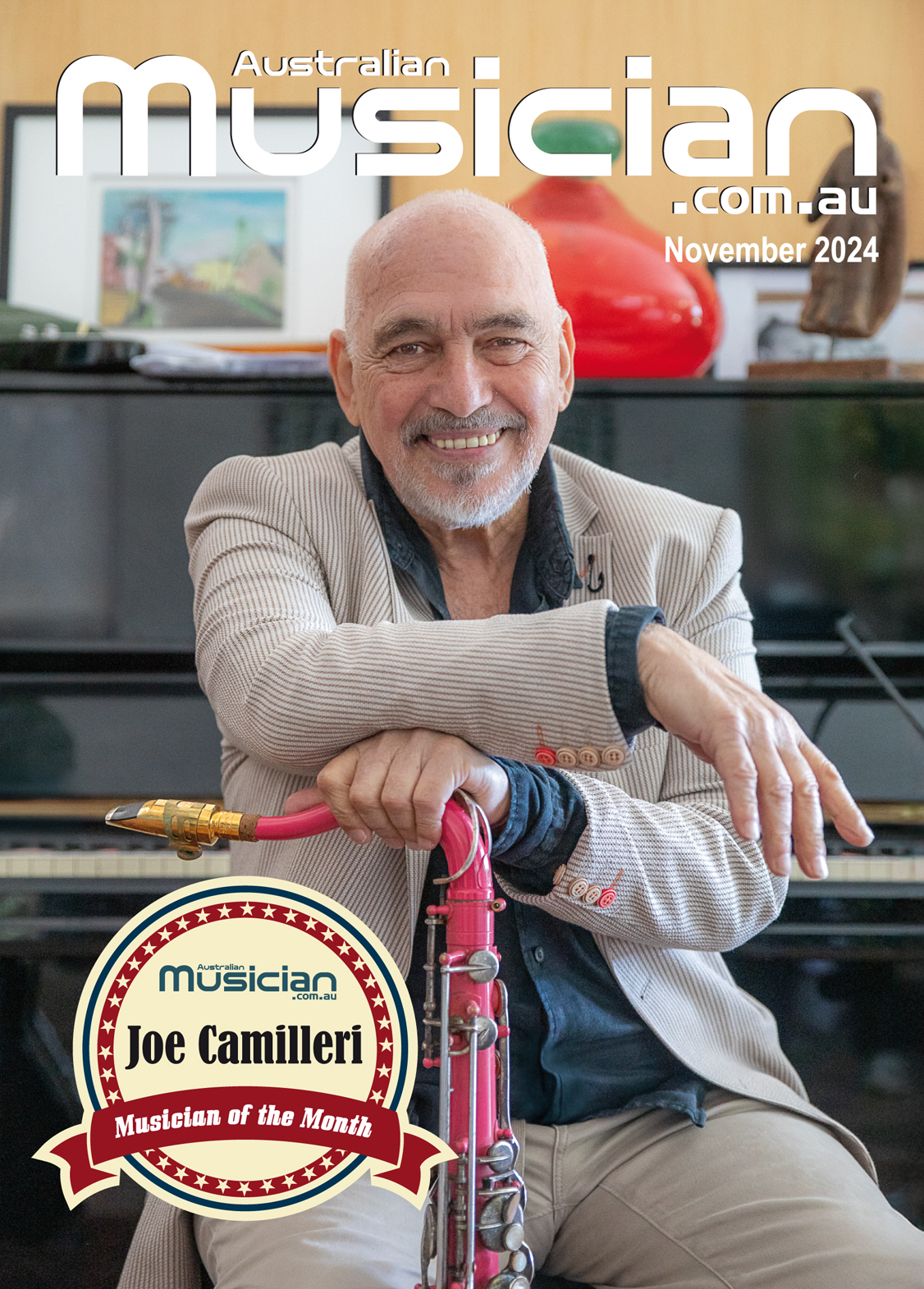ROLAND E80 ARRANGER KEYBOARD
March 13, 2007 | Reviewer: Gordon Ryder
Distributor: ROLAND AUSTRALIA (02) 9982 8266
 Creating a buzz at the moment in the world of arranger keyboards is Roland’s new E series of which the E80 is king. Roland themselves describe the E80 as their ‘most complete arranger keyboard yet’ which places some pretty high expectations on this instrument. For those unfamiliar with the term, ‘arranger’ describes keyboards that have built in backing styles and functions that make it easy/fast to create songs; if this interests you, read on.
Creating a buzz at the moment in the world of arranger keyboards is Roland’s new E series of which the E80 is king. Roland themselves describe the E80 as their ‘most complete arranger keyboard yet’ which places some pretty high expectations on this instrument. For those unfamiliar with the term, ‘arranger’ describes keyboards that have built in backing styles and functions that make it easy/fast to create songs; if this interests you, read on.
Roland’s E series are mostly the product of a design team in Italy that began producing arranger keyboards in 1988 shortly after Roland took over the Italian company SIEL. Many different arrangers have evolved from these beginnings including the E/EM/VA & G-series keyboards. Initially what grabbed my attention with the E80 was the number of features packed in: guitar-mode, drawbar-organ, vocal harmonist, SRX slots, the music assistant. The list goes on and to be honest I’ve had to narrow this review to a few of the features I enjoyed.
The first thing to grab my attention on the E80 was the nine drawbars positioned below the touch-screen. When you buy an E80 you essentially get the same technology derived from Roland’s VK series of organ-keyboards. All the usual suspects are included like Leslie-speaker effect, percussion, overdrive, capacitor leakage and it sounds great. I found it impressive also that you can have two separate drawbar settings running simultaneously and these can be split over the keyboard. The drawbars are not purely for organ-mode though and become useful for other functions such as mixing parts when you’re sequencing.
Guitar-Mode was something I had little idea about before having a crack at it with the E80. Once you’re in guitar-mode the top two octaves of the keyboard give various strumming styles; up/down, muted, top/bottom string strum etc. It’s similar to the physical-modelling of an instrument; used tastefully it can sound highly realistic adding a new dimension to sequencing songs. Note also that changing the current tempo/metronome setting will shorten/lengthen the strums so that they will fit more appropriately.
Vocal harmonizers are rarely simple to use and require significant set-up time and knowledge of a given unit. The E80’s Harmonist would have to be one of the easiest I’ve used, in part because it matches the harmonies to the chord you’re playing on the keyboard. Settings available include Small (2 added parts), Ensemble (4 added parts) and Vocoder. Presets include settings like 50’s Quartet, Jazz Trio, Pop, Unison EQ and many others. These can be fine tuned and you can even edit gender which makes the harmonies sound more masculine or feminine. These settings can be mixed so you could choose your choir to include both Barry White and Kylie Minogue sounding voices. This is reminiscent of the formant-shifting technology I first remember hearing in Roland’s VP9000 Vari-Phrase sampler.The harmonist/vocoder/ effects don’t have to be limited to vocals only and line inputs are also included on the back of the E80.
The Music Assistant gives a new take on using backing-music by offering several styles to match well-known pop songs and standards. The styles are given names similar enough to recognisable songs. The backings are not exactly the same as the songs in question but they are created using the E80’s internal styles to sound as close as possible. This would be useful for covering songs or practice particularly for vocalists. Once you’ve built a repertoire of songs and saved them you can create playlists/setlists in which songs will play in a chain. This worked very smoothly with a couple of examples I tried. If you’re more of a compose-from-scratch person you’ll appreciate the 16-track sequencer included which looks similar to what is found in Roland’s Fantom series of workstations.
I liked having the ability to display songs in score view with the E80; you can display 2 staves and choose which tracks you want to view. You can also display lyrics if they are embedded in your MIDI file and have them output to a TV screen. The output on the E80 is via a coaxial style video-connector. Unfortunately you can’t view the score via the video output and I hope this is something that Roland build into the E80 in a future update.
As with an instrument this involved there’s far more than can be covered in a short review. Everyone has their own criteria and I would recommend giving it a test-run in your local music store. I’d personally like to see an audio upgrade offered at some stage so that composers can record a vocal/melody part. The i/o already exists on the back with both mic and stereo-line inputs, so it would mean a software upgrade on Roland’s part. On another note it would be great to see more musicians using the features of the E80 live rather than performing with stale old MIDI-file backings. There’s a lot of potential in this keyboard; all that’s needed now are some musicians with creativity.


